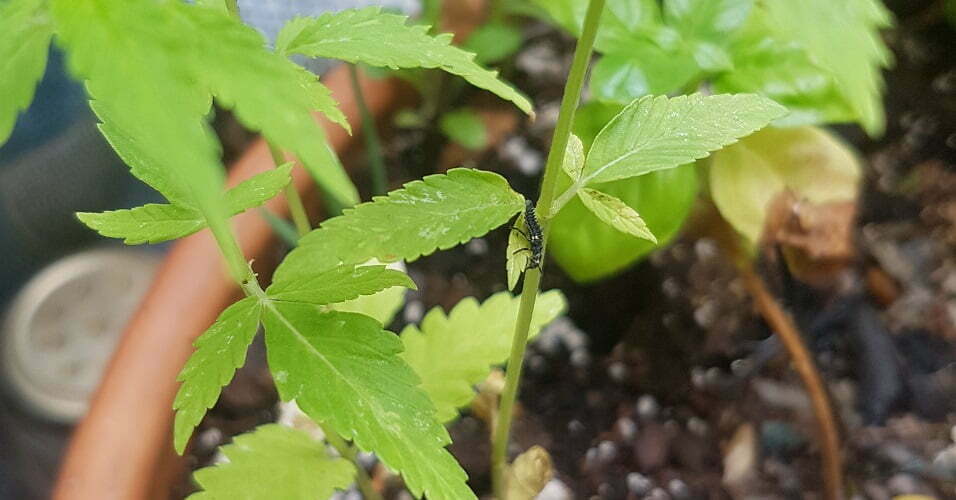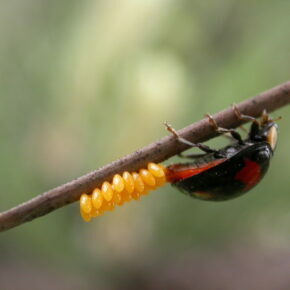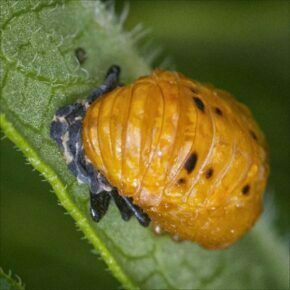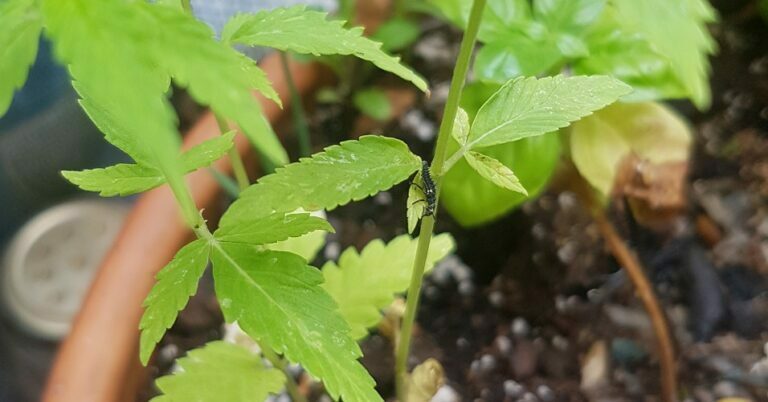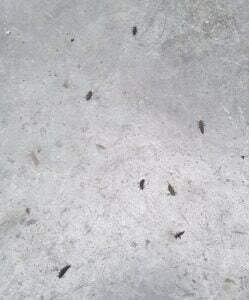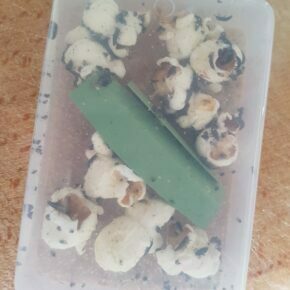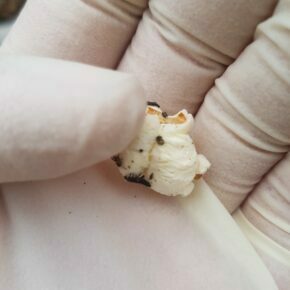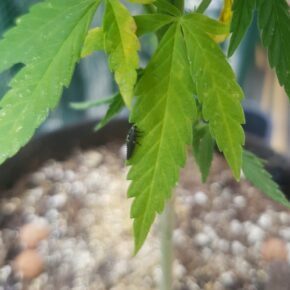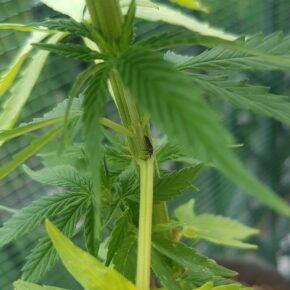The stages of life of Lady bugs
We’re going to go over this section pretty quickly as this isn’t an in-depth article on ladybugs (as lovely as they are), but we thought it important to give you a general overview on their development.
Ladybugs, just like as many other insects, go through 4 stages of development : egg, larvae, pupa and adult.
The 2 stages where they will be active in pest control are in the larvae and adult stage, with a better control over their location during the larvae stage as they can’t fly away yet (still walk pretty fast though ^^)
Here are the stages of life in 4 pictures, click on them to get the full view
Are ladybug larvae or adults better?
Both larvae’s and adults will definitely eat up pests but you should know that adults don’t have as much of an appetite and their younger siblings.
Also keep in mind that adults are able to fly, which is good as they can cover more terrain, but it also means that is you have less control on where they are going to stay and feed. They might just fly away.
Other little pointer, as long as you have enough food for them, the larvae’s will [obviously]grow and become adults, meaning that when you purchase larvae’s, you’re also purchasing adults further down the road.
How long can ladybugs live?
The full lifespan of ladybugs in the wild can go from 2 to 3 years, so if you take care of them well, they will stick around and defend your garden for a looooong time 🙂
The other awesome part of defending your garden with predators instead of pesticides is that they reproduce ^^ Once they have settled in your garden, you potentially have protectors for life


